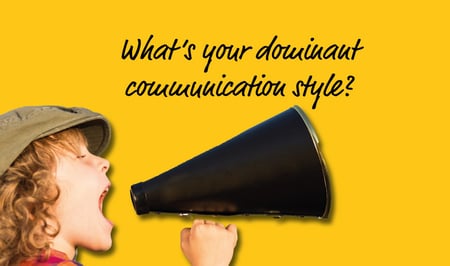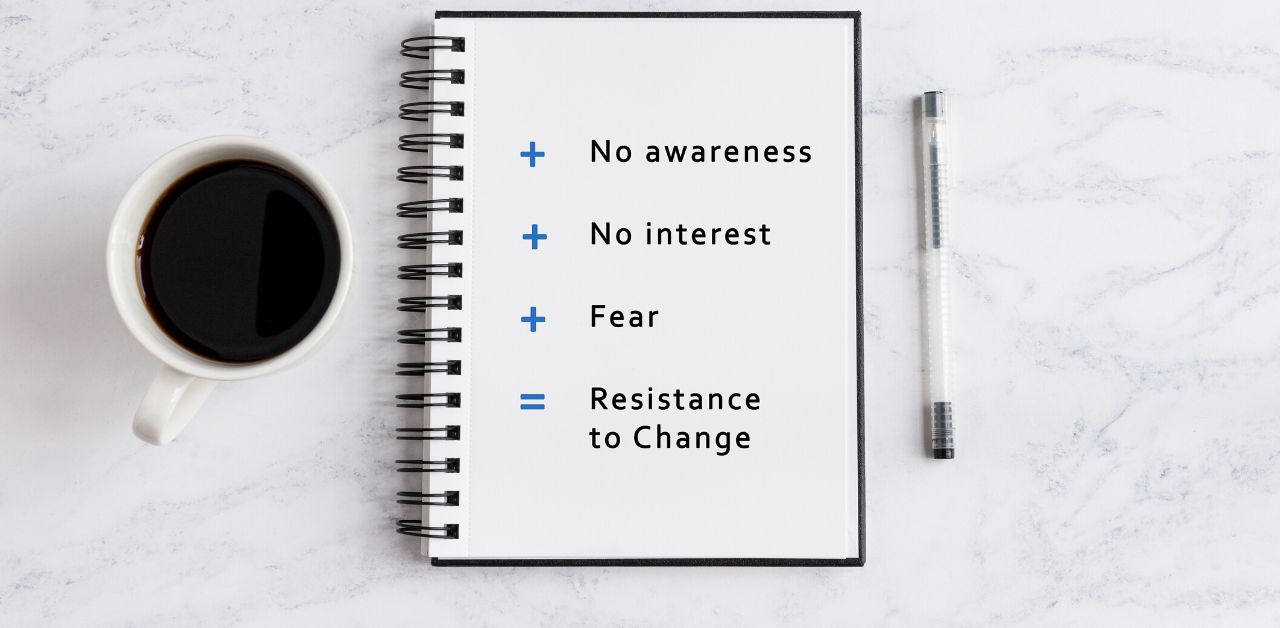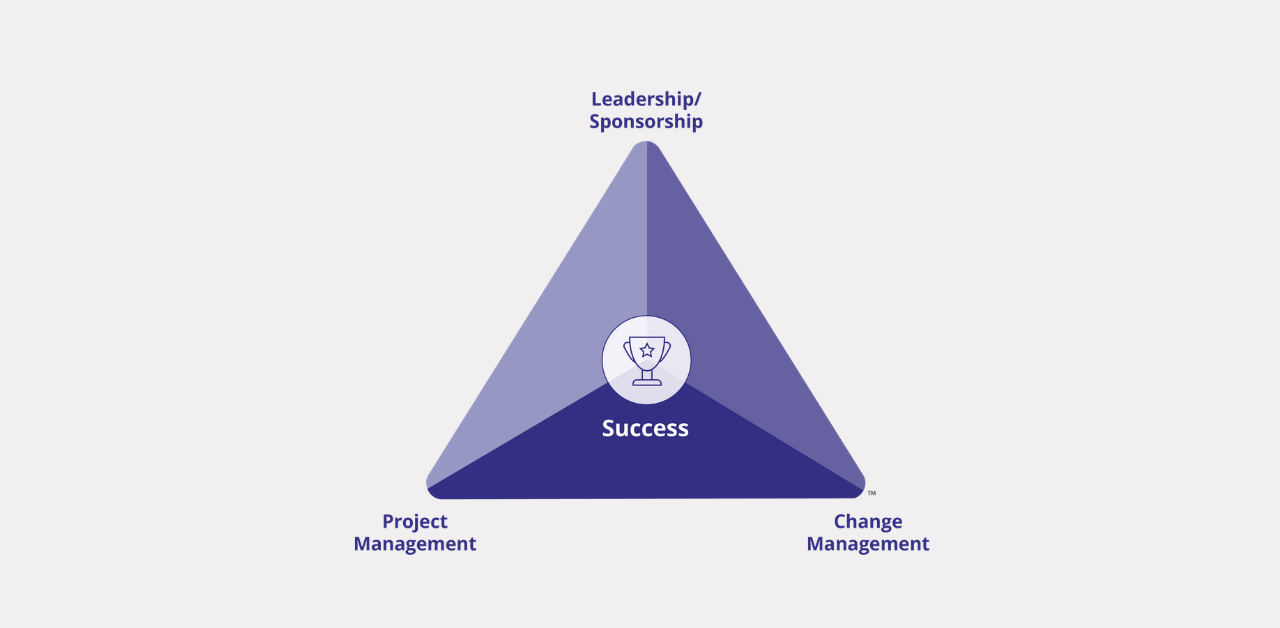Some years ago, the CEO (let’s call him Mr G) of my previous company in Singapore was about to retire after his six-year stint. One day, he dropped me a private message and asked me to his office. He had come to the end of his term, and it was time for succession. The new incoming CEO (Ms S) had already been identified and was about to join us within a matter of weeks.
Mr G was intent on a proper handover and was very clear that he wanted to communicate this upcoming change well, to the company of about 350 staff. He wanted to ensure that the transition would be a smooth one, and filled with clarity. As a Change Management Practitioner in the company, he sought my advice on how to best manage this transition through a structured process, in order to bring success.
I drew inspiration from Jack Welch, former General Electric Chairman and CEO, who was also named Manager of the Century by Fortune Magazine in 1999.
According to Jack, leaders should be “Chief Meaning Officers” – “Meaning” being, why the change is happening, why now, and what is in it for the staff.
I shared with Mr G that in change communication, we had to bring together our people managers, and answer these three crucial questions:
- What does the change mean for the company?
- What does the change mean for my team?
- What does the change mean for me?
If we were able to answer these three questions with clarity and detail, we would be able to help our colleagues find ‘meaning’ in this change, and support them in wanting to come on board with this change.
Research consistently tells us that people and groups have preferences about who they want to hear from, during change. When it comes to messages about change impacts on the business, people want to hear from the person in-charge, typically the CEO or other senior executives. In other words, staff would want to hear from Mr G. On the other hand, people managers were the preferred senders of messages around the personal impact of the change.
Difference between Context and Contextualisation
When an organisation-wide change is announced, it is the sponsor’s role to provide information about the context of the change. In other words, they provide information to the organisation about what the change means at an organisational level. The content might include what is triggering this change, how the change will benefit us and what might happen if we do not change now.
Executive messages like these do not cover content about what the change might mean for the team, and certainly not for every individual employee in the team.
In the case of my story, the CEO’s priority then was to create the context of the change.
These are messages agreed upon at a senior level, and cascaded down across the organisation.
When these messages reach the people managers and their teams, individuals will not yet understand what it means at their level. It is the role of the people managers to help the team contextualise the change – in other words, to take the context and help them understand what the change means for the team and for every individual within the team.
This understanding can only come about when everyone explores what the change means. This is not information that is predetermined and passed on; it is an understanding that comes from unpacking and exploring the information cascaded from the top.
In other words, it is the role of the people manager to reduce uncertainty and create clarity at a team level.
Read: Why is understanding your team's preferred communication style important?
Finding the right Communication Channels
Daft and Lengel published the Media Richness theory in 1986. This theory helps us measure the effectiveness of a channel or medium to share information in the most optimal way possible.
A rich channel allows for maximum opportunity for all parties to share and process information regarding the change. A lean channel allows for no or minimal opportunity for all parties to share and process information.
Bulk Email – an important Lean Channel for one-way communication
In an email to all 350 employees, Mr G shared that after about 5 ½ years, he was retiring, and took the opportunity to introduce Ms S, the new incoming CEO, and provided details on the transition period.
Townhall – an in-person interactive platform (a Richer Channel for effective context setting)
On the following Monday, Mr G’s PA sent a calendar invite to all staff for an in-person townhall, where he did a formal introduction of Ms S to the rest of the company.
Together with the Internal Comms team in the company, we crafted a speech for Mr G where he answered the three key questions to build context:
- Why are we changing?
- What is the risk of not changing?
- How does this change still align with our vision and business direction?
Face-to-face Focus Group discussion – Rich Channel to create for maximum understanding
Within the following month, Mr G and Ms S emptied their calendars to facilitate visits to all 24 departments in the company.
The leadership team, consisting of the group of directors and Heads of Department (HODs) made dedicated time for both CEOs to meet up with the teams, to build context of the change, and take questions that employees had.
Equipping People Managers to Contextualise Change
Mr G and Ms S then met all the people managers in a separate session to unpack the two questions:
- What does the change mean for my team?
- What does the change mean for the individual?
This helped people managers put together meaningful information to contextualise and communicate this change with their direct reports, with as much clarity as possible.
The Stark Reality of Change Communication
All of us wish that the process of communicating change is a step-by-step, straightforward process to follow. Unfortunately, the change communication process is nothing like it.
Change communication is a fluid dance, which starts when a change is triggered, and the flow is between preparing to communicate and then actually engaging your folks. We find that there is a gap, so we prepare, and engage with them again. This goes back and forth until our audience feel ready.
So, are you ready to dance?
Consider our Communication for People Managers Skill Builder for Change!
In the CMC Skill Builder for Change Communication for People Managers we provide you with a quick and easy assessment to identify your own dominant communication style. You can use this assessment for yourself and with your team. We explore in more depth what each style means and how you can use this information to take your messaging and communication skills to the next level. Using a series of tools and templates, together we consider questions such as:
- What channel should you use?
- Do you need to speak with anyone individually, or can you arrange a group meeting?
- Who exactly is in your audience, and what information are they going to be looking for?
- What do you do when you do not have all the answers?
These are all key questions we ask when preparing to communicate a change message.
Take a look at the workshop brochure and video below.


